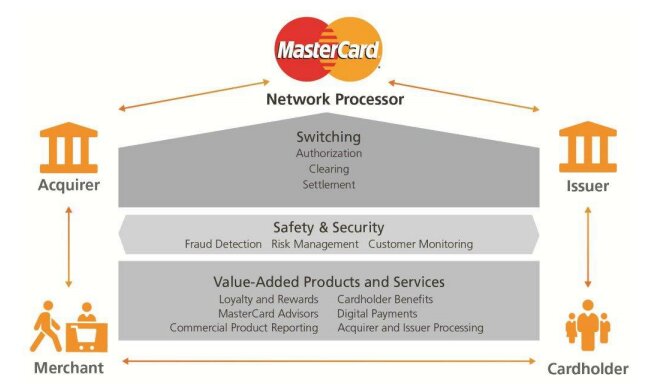The European Commission and the European Courts ruled that the interchange fees established by MasterCard in agreement with the participating banks were anticompetitive and without that agreement the fees had been lowered. Yet, neither of them established what level of swipe fees, if any, could be considered lawful or competitive. Now, it is up to the national courts reviewing the damage claims to determine what would be the “competitive” fee if the agreement had never been in place. This hypothetical scenario is called the “counterfactual”. The difference between the interchange fees actually charged by MasterCard and the “competitive” fee in the counterfactual scenario would roughly be the damage caused by credit-card company to claimants.

The counterfactual is a hypothetical scenario designed to test how the market would react (in case of a merger) or would have reacted (in case of anticompetitive practices) under different circumstances than the ones presented. For instance, in a merger analysis, regulators compared the market before the transaction with the market if the parties are allowed to merge. If the counterfactual yields a less competitive result than the current situation, the merger will not be allowed in these terms (remedies may be proposed). In the analysis of an anticompetitive practice, the counterfactual scenario would determine if, absence the practice at stake, the market would be more or less competitive and generally speaking if the pro-competitive effects would outweighs the anticompetitive ones. If the allegedly anticompetitive practice brings positive results to consumers, it may be justified under art. 101.3 of the Treaty of Functioning of the European Union (TFEU).
In the MasterCard case, the counterfactual deserved special attention. One ruling from the CAT, two from the High Court and one from the Court of Appeal all reached different conclusions about what would have happened if the MasterCard’s scheme have never existed and the differences are not insignificant. Once court ruled that MasterCard’s swipe fees were a restriction of competition and couldn’t be justified under art. 101.3 TFUE. Another court determined that swipe fees were anticompetitive but they could be justified under art. 101.3 TFUE. The third ruling established that swipe fees were not even anticompetitive. The U.K. Court of Appeal finally determined that MasterCard’s swipe fees were a restriction of competition but it left open the possibility for the card company to defend that these fines may be considered lawful. The three cases was sent back to the CAT for retrial insofar as it affects the calculation of the “competitive” fee in the counterfactual. It is likely that the CAT concludes that MasterCard’s swipe fees were lawful at least up to 0,2% per transaction. If the CAT decides that even higher fees could also be lawful, MasterCard will have to pay less damages to retailers.
These cases showed how sensitive counterfactuals are to changes. Small modifications in the assumptions and the economic models may render different results that could change the legal and economic implications. Yet, counterfactual analysis are still needed to assess and award damages (or decide the fate of M&A in some cases).

